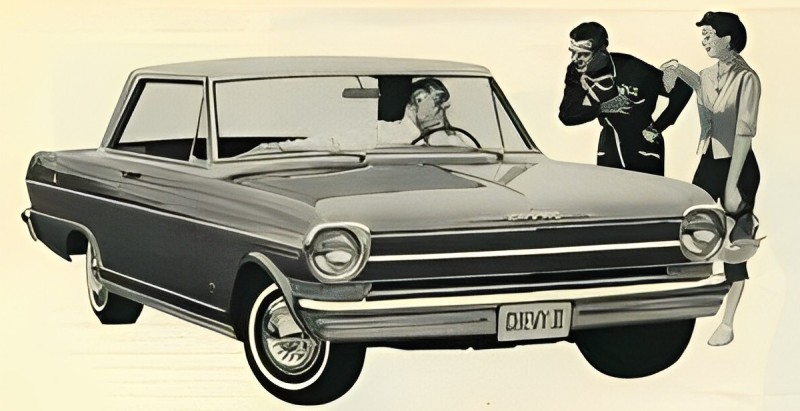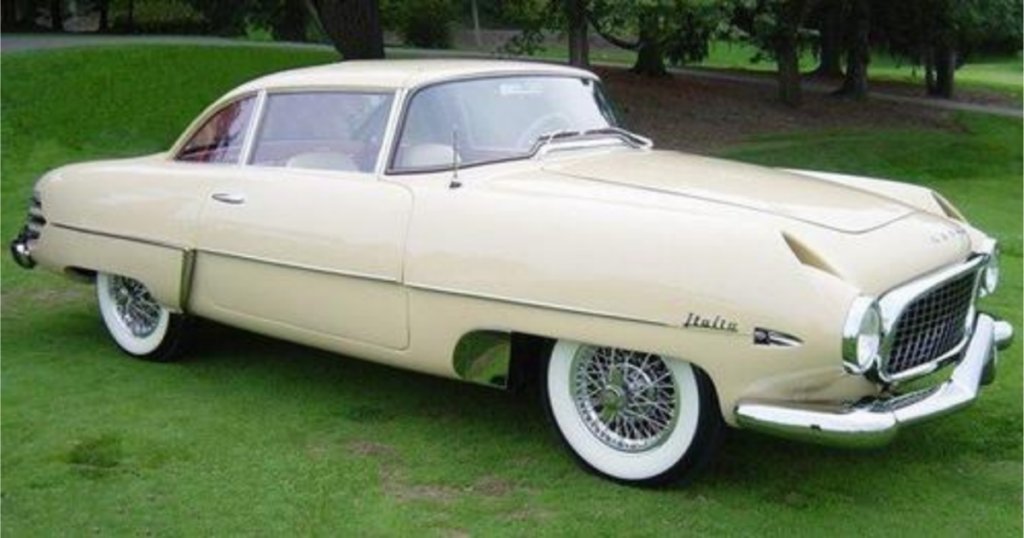
Renowned for crafting lightweight aluminum bodies for prestigious brands like Alfa Romeo, Fiat, and Lancia, Italian coachbuilder Ghia briefly ventured into producing its own cars. This endeavor began in the 1950s through collaboration with the Dual-Motors Corporation of Detroit, stemming from Ghia’s innovative design work with Chrysler, particularly the Dodge Firearrow concepts.

The outcome was the Dual-Ghia D-500, a captivating two-door convertible that showcased Ghia’s distinctive styling atop Chrysler foundations. However, its existence was short-lived, with fewer than 120 units manufactured between 1956 and 1958.

In 1961, Ghia introduced the L 6.4, a meticulously crafted fastback coupe built on a custom chassis with minimal off-the-shelf Chrysler components. Exclusively made to order, this hand-built marvel was entirely produced by Ghia and marketed by Dual Motors in Detroit.

As one of the most impressive automobiles in the world, the L 6.4 was propelled by a powerful Mopar V-8 engine that had a displacement of 383 cubic inches and produced well over 300 horsepower. However, the price was so startling that it exceeded $13,000, despite the fact that it was of excellent quality.

The Dual-Ghia L 6.4 was not only aesthetically pleasing and quick, but it also included a number of innovative technological elements that set it apart from other vehicles. In the early 1960s, it was notable for having a modern electricity system, which was not typical at the time.

The L 6.4 was equipped with a sophisticated wiring system and a number of cutting-edge innovations, including as power windows, a convertible top that could be opened and closed electrically, and even cruise control, which was a first for its time.

The L 6.4’s interior was a wonder of comfort and ease of use. Ghia was committed to luxury all the way to the cabin, where only the best materials were used. The seats were made of soft leather, and the dashboard had details made of both polished wood and metal.
A comprehensive array of gauges adorned the instrument panel, providing the driver with essential information about the car’s performance.

The driver was the primary focus of the design process for the cockpit, which included a one-of-a-kind instrument panel with gauges that displayed not only the speed of the vehicle but also its high level of design depth.
The steering wheel, a work of art in itself, was often wrapped in leather and complemented by a subtle yet elegant Ghia emblem.

Despite production challenges, the L 6.4 remains a lasting mark in automotive history—an exclusive, handcrafted luxury GT. Its rarity, beauty, performance, and meticulous craftsmanship make it a timeless classic.




